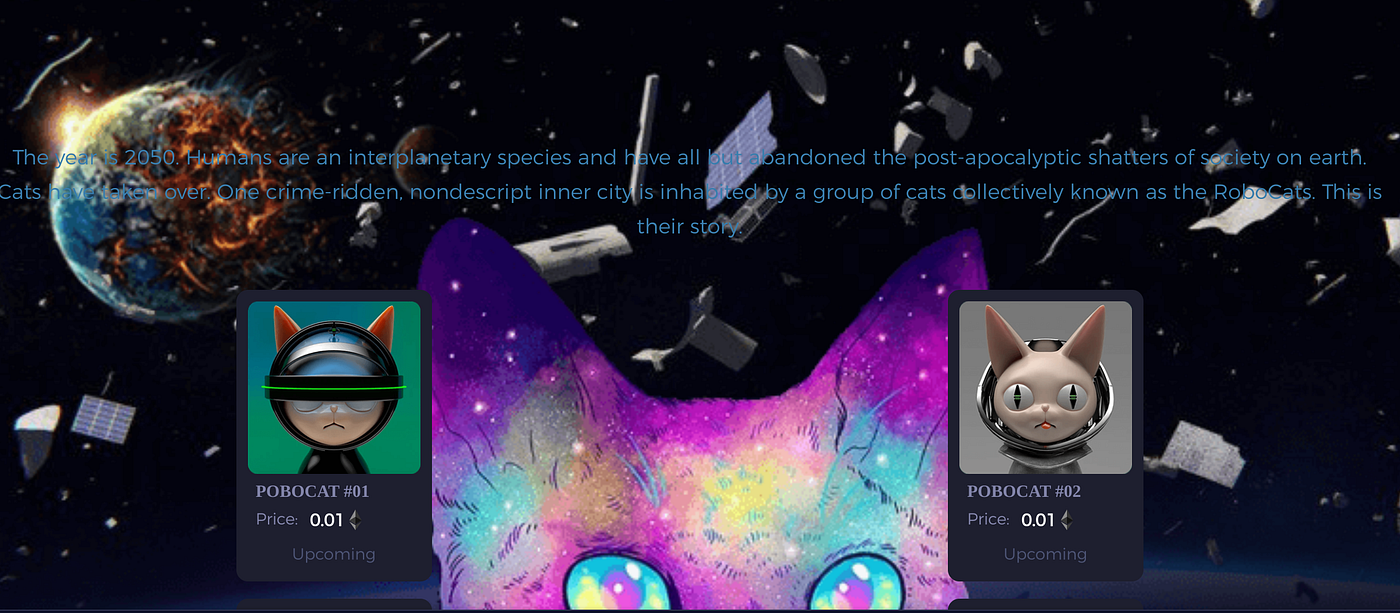Catly’s Purrfect Storm: Excitement Meets Controversy in the Metaverse
Okay, let’s talk about Catly. You’ve probably heard the whispers, the excited meows, and maybe even the frustrated hisses. This new metaverse project promising a purrfectly adorable and interactive cat-themed experience has exploded onto the scene, generating a tidal wave of both enthusiasm and controversy. Why? Because while many are charmed by its cute aesthetic and ambitious goals, others are raising their eyebrows (and perhaps their claws) over its alleged similarities to existing projects. Let’s dive in and unravel this feline frenzy.

The Allure of Catly: A Metaverse for Cat Lovers
Catly’s marketing is undeniably slick. Think vibrant colors, adorable cartoon cats, and promises of a fully immersive virtual world dedicated to all things feline. Their vision is ambitious: a space where users can interact with virtual cats, customize their digital companions, participate in community events, and even earn cryptocurrency through gameplay. Imagine a world where you can dress your virtual cat in tiny sweaters, build it a luxurious digital condo, and compete in virtual cat shows – all while potentially making some money. It sounds pretty enticing, right?
The project has clearly tapped into a massive market: the love for cats. We all know someone obsessed with their furry friends, and Catly aims to cater to that passion in a new and exciting way. Their pre-launch hype was undeniable, with social media buzzing with anticipation. Influencers showcased the adorable art, and the promise of a unique metaverse experience drew in a considerable following. The initial excitement was palpable; it felt like a dream come true for many cat enthusiasts.
What Catly Offers (According to its Marketing):

- Highly Customizable Virtual Cats: Users can personalize their cats with various breeds, colors, accessories, and personalities.
- Interactive Metaverse: A vibrant virtual world with engaging activities and social features.
- Play-to-Earn Mechanics: The potential to earn cryptocurrency through gameplay and participation.
- Strong Community Focus: Emphasis on building a thriving community of cat lovers.
- Regular Updates and Content: Promises of continuous improvement and new features.

The Whispers of Similarity: Accusations of Cloning
However, amidst the purrs of delight, a chorus of skepticism has emerged. Many within the crypto and metaverse communities have voiced concerns about Catly’s originality. The accusations are serious: allegations of conceptual similarities, even outright cloning, of existing projects. This is where things get tricky. The line between inspiration and imitation can be blurry, especially in a rapidly evolving digital landscape.
The criticisms aren’t just vague complaints. Users have pointed out specific elements of Catly’s design, gameplay mechanics, and even marketing materials that bear a striking resemblance to other established metaverse projects featuring virtual pets. Some have gone so far as to create detailed comparison charts, highlighting the alleged similarities. These comparisons aren’t always about direct copying of code or assets, but rather about the overall concept, the user experience, and the overall aesthetic.
For example, some critics have pointed to similarities in the way cats are customized and the types of virtual environments offered, comparing them to established projects with similar features. Others have highlighted similarities in the tokenomics – the system of cryptocurrency rewards – comparing Catly’s model to other play-to-earn games with similar structures. These comparisons aren’t necessarily proof of malicious intent, but they raise valid questions about originality and innovation.
Navigating the Ethical Grey Area: Inspiration vs. Imitation
It’s important to approach these accusations with nuance. Inspiration is a natural part of the creative process. It’s impossible for any artist or developer to create in a complete vacuum. We all draw from existing works, whether consciously or unconsciously. However, the line between drawing inspiration and outright copying is crucial. The difference lies in the degree of originality and the extent to which the new project adds its own unique elements and innovations.
In Catly’s case, the debate boils down to this: did the developers draw inspiration from existing projects, or did they simply borrow heavily without adding significant originality? This is a question that only a thorough investigation, perhaps involving legal scrutiny, can fully answer. The developers of Catly have, to date, not issued a detailed response to these criticisms, which only fuels the speculation and controversy.
The Community’s Response: A Divided Feline Family

The Catly community itself is deeply divided. Many remain steadfast in their support, emphasizing the project’s potential and the adorable nature of the virtual cats. They view the criticisms as unwarranted attacks, arguing that the similarities are superficial and that Catly offers its own unique features and benefits. They point to the active development and the growing community as signs of a promising project.
However, a significant portion of the community is expressing disappointment and concern. They feel misled by the marketing, believing that the project lacks the originality it initially promised. This disillusionment is particularly acute among those who invested time and money into the project based on its purported uniqueness. The loss of trust is a serious blow, and it could significantly impact the project’s long-term success.
The Future of Catly: A Question Mark
The future of Catly remains uncertain. The project has the potential to become a successful metaverse experience, especially given the immense popularity of cats and the growing interest in the metaverse. However, the controversy surrounding its originality casts a long shadow. The developers need to address the criticisms directly and transparently, demonstrating a commitment to innovation and originality. Failure to do so could lead to a loss of credibility and potentially even legal repercussions.
